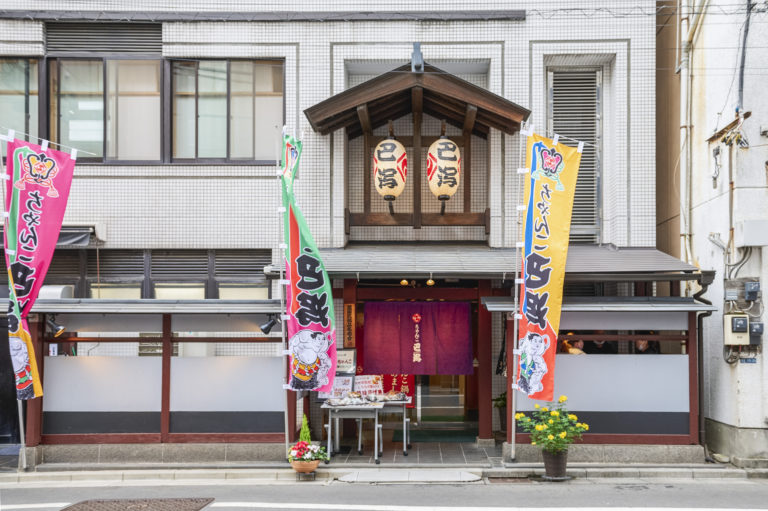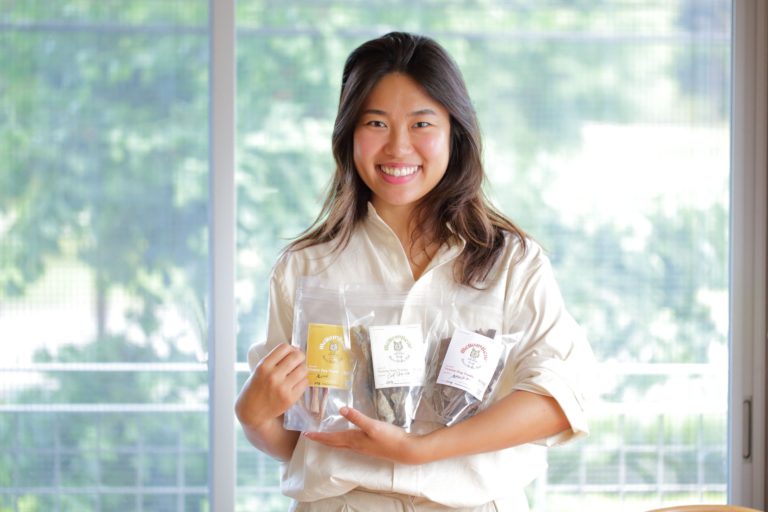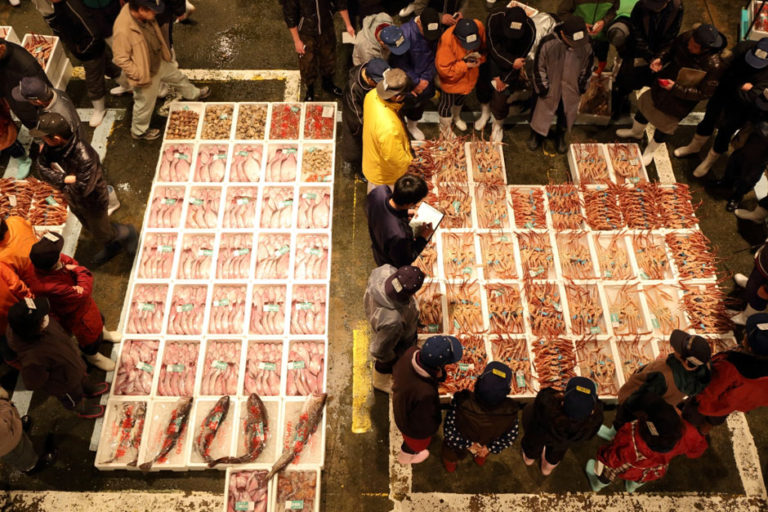Chankonabe—Dishes Full of Wisdom Created by the Sumo Culture
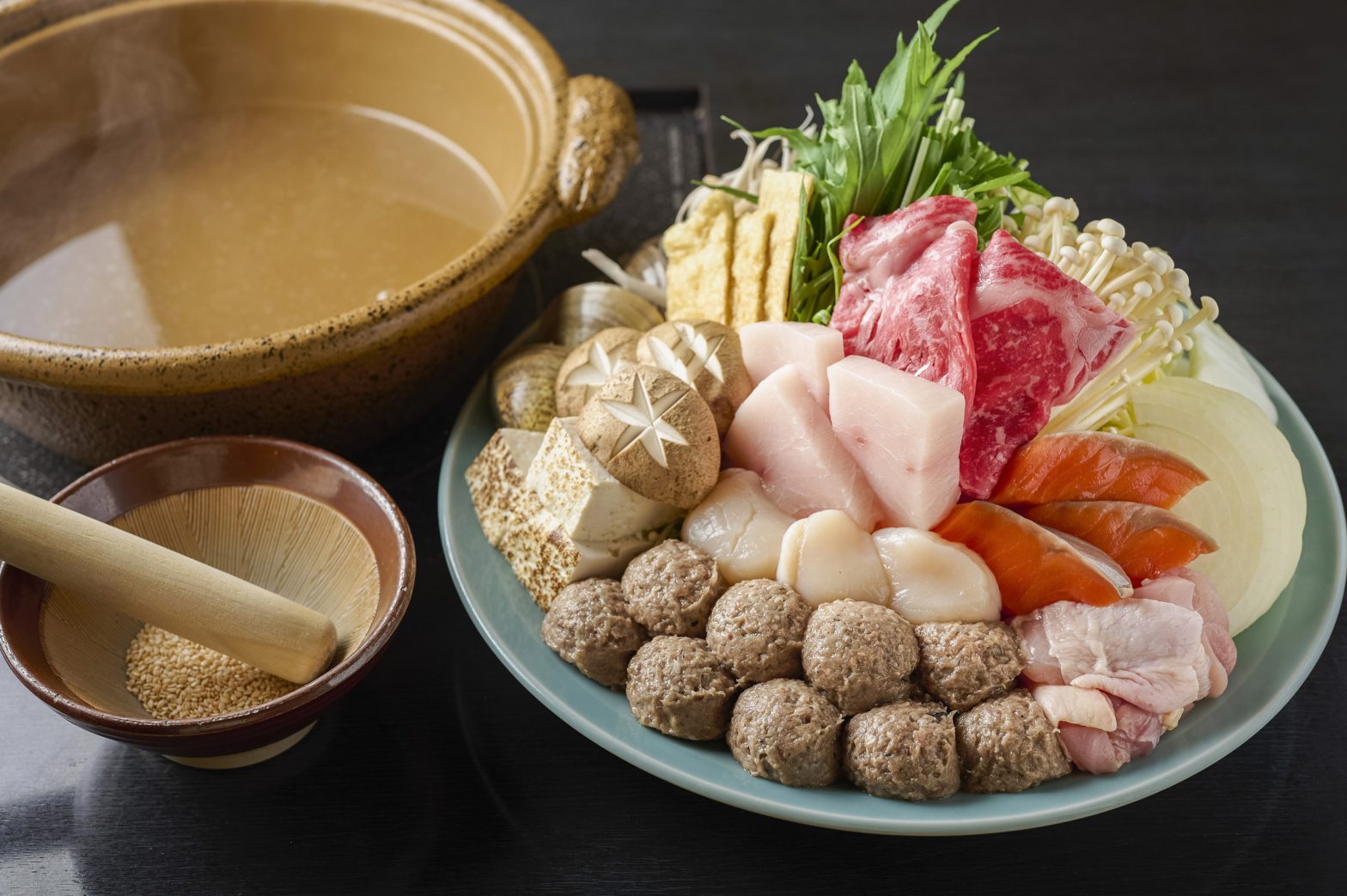
The origins of chankonabe and the Sumo town of Ryogoku
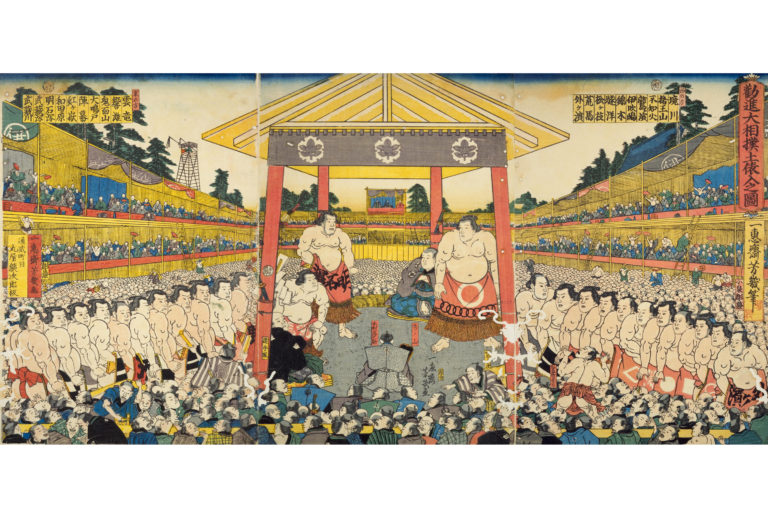
Source: National Diet Library Digital Collections
Sumo wrestling has a long history, and is believed to have originated from myths and legends found in the Kojiki (The Records of Ancient Matters) (710) and the Nihonshoki (Chronicles of Japan) (712). In the Nara and Heian Periods (710–1185) , Sumai no Sechie (imperial ceremony of Sumo wrestling) was annually conducted as a court event for approximately 400 years. As Japan transitioned into a samurai society, this event changed into an event called Kanjin Sumo, which gathered donations for the purpose of repairing temples, shrines and bridges, and during the Edo period (1603–1867) several sumo systems were established such as the structure of entertainment and style of approaches.
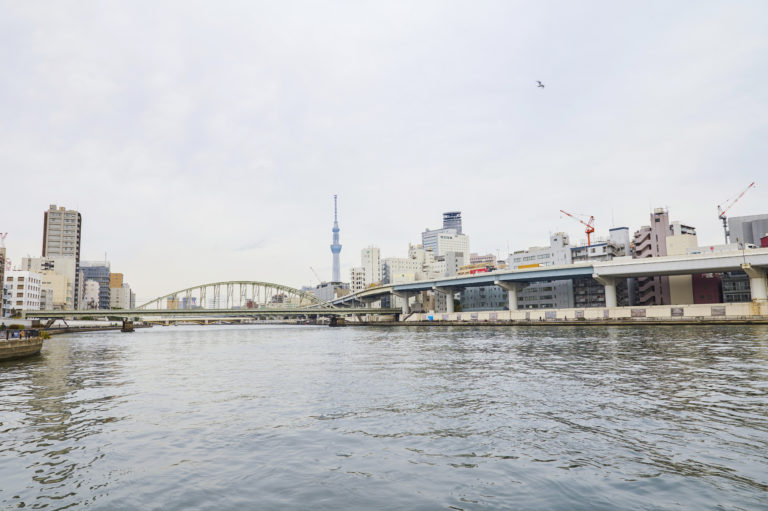
Kokugikan, a permanent sumo venue, was created in Ryogoku in 1909. Since then, the venue has been destroyed by fires, the Great Kanto Earthquake, and World War II airstrikes, only to be rebuilt each time, staying on as the center of sumo entertainment in Ryogoku.
Chankonabe is the first dish that comes to mind when talking about sumo. Although the dish has become a common one, it is said to have been started by the 19th Grand Champion Hitachiyama, who was active during the Meiji period (1868–1912). During this era, the Dewanoumi Sumo Stable, of which Hitachiyama resided in, was flooded with new aspiring wrestlers, and because of the great amount of time and effort necessary to prepare and serve meals, hot pot dishes were offered as daily meals, as these could be prepared in large quantities at once.
These hot pot dishes contained an abundance of fish, meat and vegetables, making them very nutritious and perfect for sumo wrestlers. Rumors about this dish traveled to other sumo stables, making it popular as a staple sumo wrestler dish, with various secret recipes handed down within each stable.
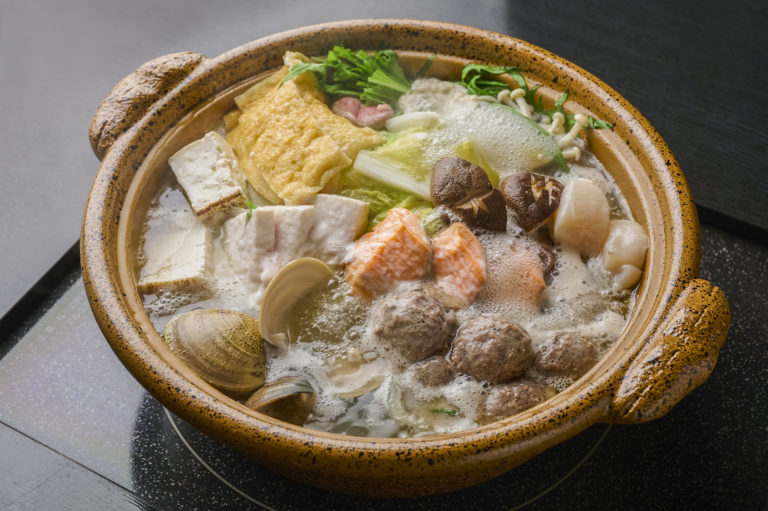
The ingredients used in chankonabe differed according to what was available. The hot pots contained chopped and simmered meat, fish and vegetables, and were nothing short of “dynamic”–a dish that aptly sums up the fearlessness of the wrestlers. In the past, fish and chicken were often used as chankonabe ingredients, as there was a superstition saying animals that walked on all fours would cause wrestlers to “fall to their hands within the ring and lose”, but in present day, beef and pork are also commonly used as ingredients.
Ryogoku, where the Kokugikan venue is located, is home to many sumo stables. The area is currently home to many chankonabe specialty restaurants set up by retired sumo wrestlers, and chankonabe restaurants catering to tourists, making chankonabe a Ryogoku regional specialty.
A chankonabe restaurant opened by a former sumo wrestler
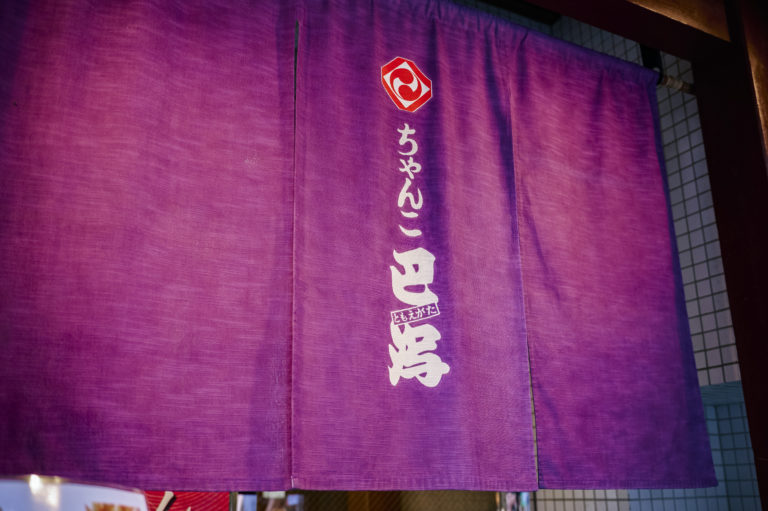
For this article, we visited the chankonabe restaurant Chanko Tomoegata. To start, we asked the proprietress of the restaurant, Miyoko Kudo, about how the word chanko came to be.
What is chanko in the first place?
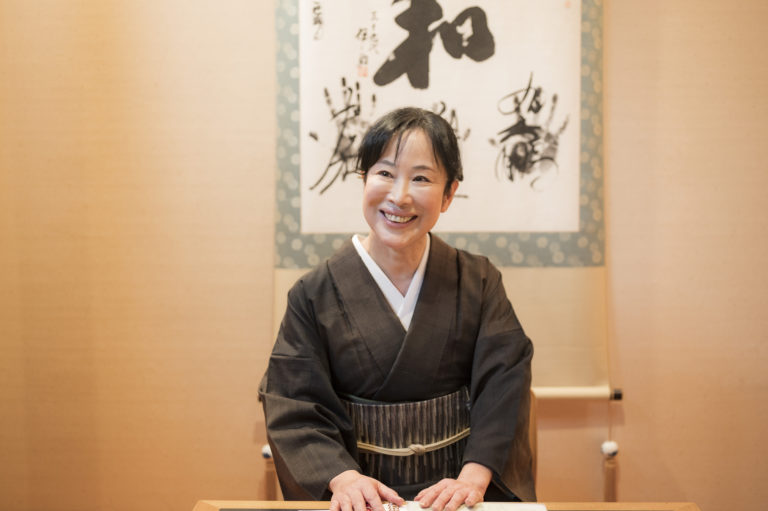
“Chanko is the general term for dishes eaten by sumo wrestlers. It can be curried rice, spaghetti, ramen noodles…Anything prepared by the chanko-ban, the cook at a sumo stable, is called chanko. This means chankonabe is simply one type of chanko,” explains Miyoko.
There are three theories for the origin of the word chanko. One theory is that chanko draws on the relationship between a stable master and his disciples. Stable masters and disciples are almost like father and son. It is said that “chan,” which means “father” was combined with “ko” which means “child”, to create the word “chanko”.
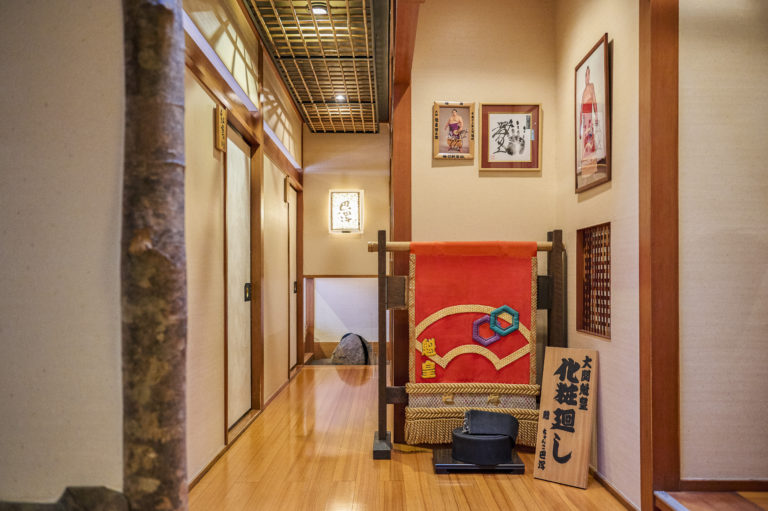
The second theory is that a certain sumo stable called senior disciples and senior wrestlers in charge of cooking the nickname “Ojichan”. The dishes prepared by these Ojichan were coined as “chanko”. Another theory is that the name came from an iron Chinese pot called “chankuo”, and that wrestlers who visited Nagasaki on a tour enjoyed dishes prepared with this type of pot.
“Chanko time is not only for eating. It is a time for reviewing that day’s practice as well. The disciples surround the hot pot and receive advice from their stable master, who sits at the head of the table. I believe there is a sense of solidarity and trust, almost like a family, during their meals.”
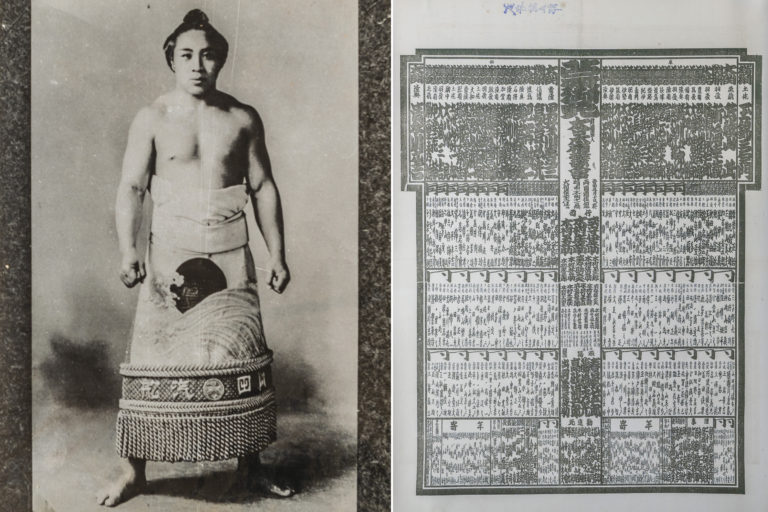
Right: The official ranking list when he was at the fourth highest rank
Chanko Tomoegata was established in 1976. Its business name was taken from the ninth Tomozuna sumo stable master’s (Seiichi Kudo) wrestling name of Tomoegata. Tomoegata was of smaller than most sumo wrestlers at 166 centimeters, but was known as a sumo wrestler that could charge powerfully, and rose to the fourth highest rank in his time. Nicknamed “Dangan (bullet)”, he was an immensely popular wrestler in the early Showa era (1926–1989).
Chanko Tomoegata opened on the former site of the Tomozuna sumo stables after his retirement from the Nihon Sumo Kyokai. For more than 45 years on, the establishment has continued to maintain its specialty chankonabe. After the ninth Tomozuna stable master and his second son Kenji, his wife, Miyoko, currently runs the restaurant.
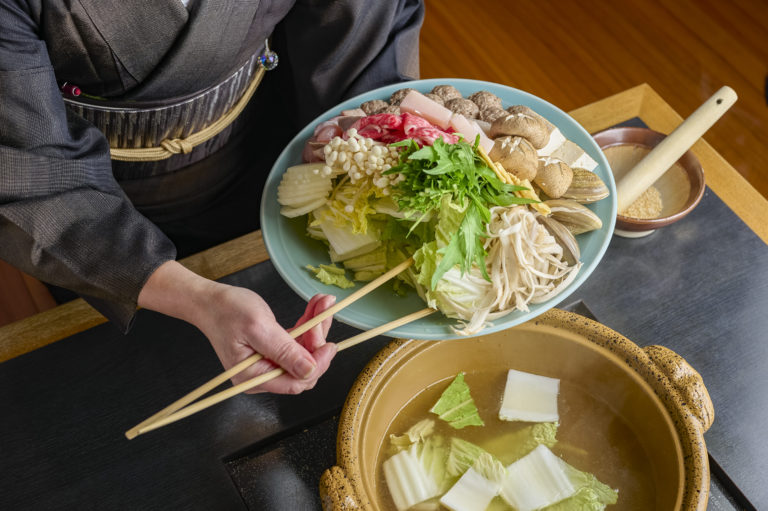
“According to the previous owner, there were not many chankonabe restaurants in the neighborhood when this establishment first opened, and we were the third chankonabe specialty restaurant here.”
For the past ten years, Miyoko has focused on branding her restaurant, and issues the “Tomoegata Newspaper” which includes the history of the restaurant and reports on the production area of their ingredients. In recent years, she has also been communicating the appeal of chankonabe, through developing chankonabe menus that can be enjoyed alone, called “Ganso Chankonabe (the original chanko for one)”.
Chankonabe seasoned with salt, using golden chicken broth
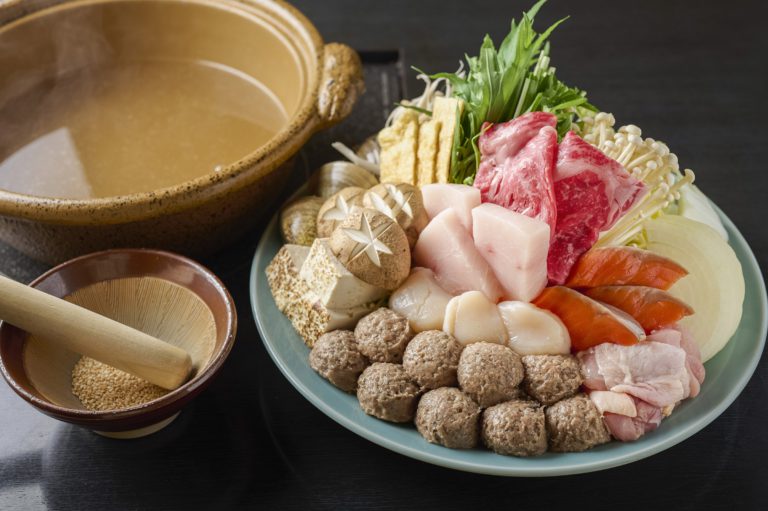
There are four specialty chankonabe menus at Chanko Tomoegata named after four sumo wrestlers who resided in the Tomozuna stable. We had the pleasure of eating the Kunimiyama Chanko, seasoned with salt and chicken-bone broth. According to Miyoko, the soup is the soul of chankonabe. The soup for chankonabe is prepared first thing in the morning, with 40 kilograms of chicken bone simmered for over eight hours. The rich goodness of chicken bone soup creates a clear, golden broth, in which seasoning is added to create a simple and palatable soup.
Miyoko says, “The finishing touches are done by the head chef, who has more than 40 years of experience. The flavor needs to hit home at the first taste, so the many years of experience and keen intuition of the head chef is very important.”
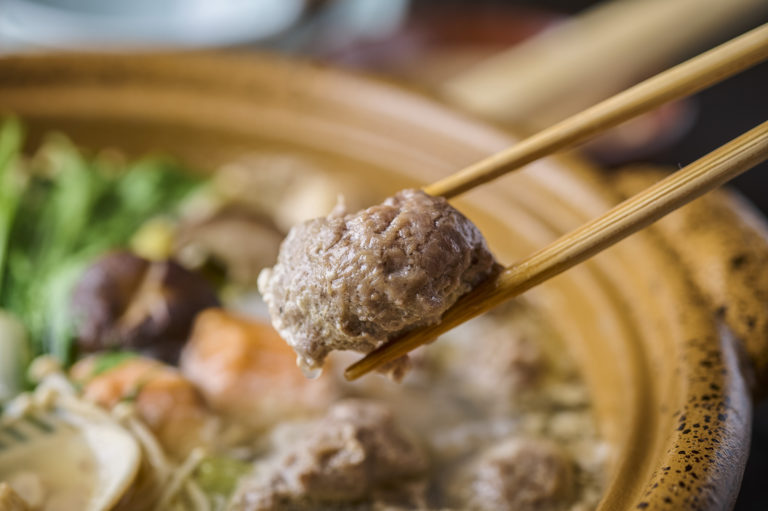
The wide variety of ingredient that decorated our large plate included seasonal fish, beef, chicken, scallops, Chinese cabbage, onions, burdock root and so much more. One special ingredient is sardine tsumire (minced fish balls) created from sardines fresh from the Toyosu market. Each ball is handmade by chefs for a fluffy texture that melts in your mouth, of which the many regular customers of the establishment absolutely love.
“We never use frozen ingredients—only fish fresh enough to be eaten raw as sashimi. Some customers are surprised and say that it is almost like eating raw sardines. The word “tsumire” is said to have originated from the word “tsumiireru (pluck)”. It has a special symbolization for sumo wrestlers, as it stands for “plucking a win””.
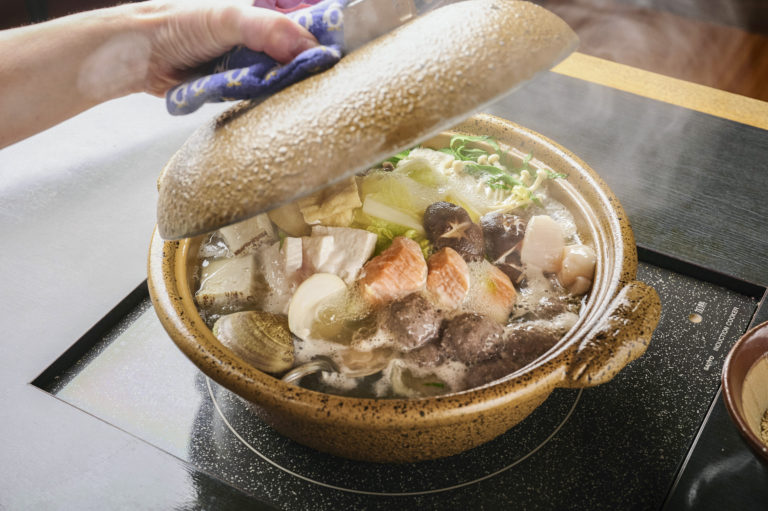
Kunimiyama Chanko is complete only after various ingredients are fully simmered into the secret chicken soup. Tasting the soup brings an elegant umami that is followed by a rich and powerful fragrance. It is a surprisingly delicate taste, which lasts to the last bite.
“Due to COVID-19, there was a long period of time when eating out was not recommended. However, who doesn’t want to enjoy good food with close friends?” says Miyoko. The best example of this type of dish is chankonabe, which nurtures bonds between people.
When enjoying chankonabe, we hope you will appreciate the food culture cultivated by the history of sumo wrestling and the invaluable luxury of gathering together for meals.

